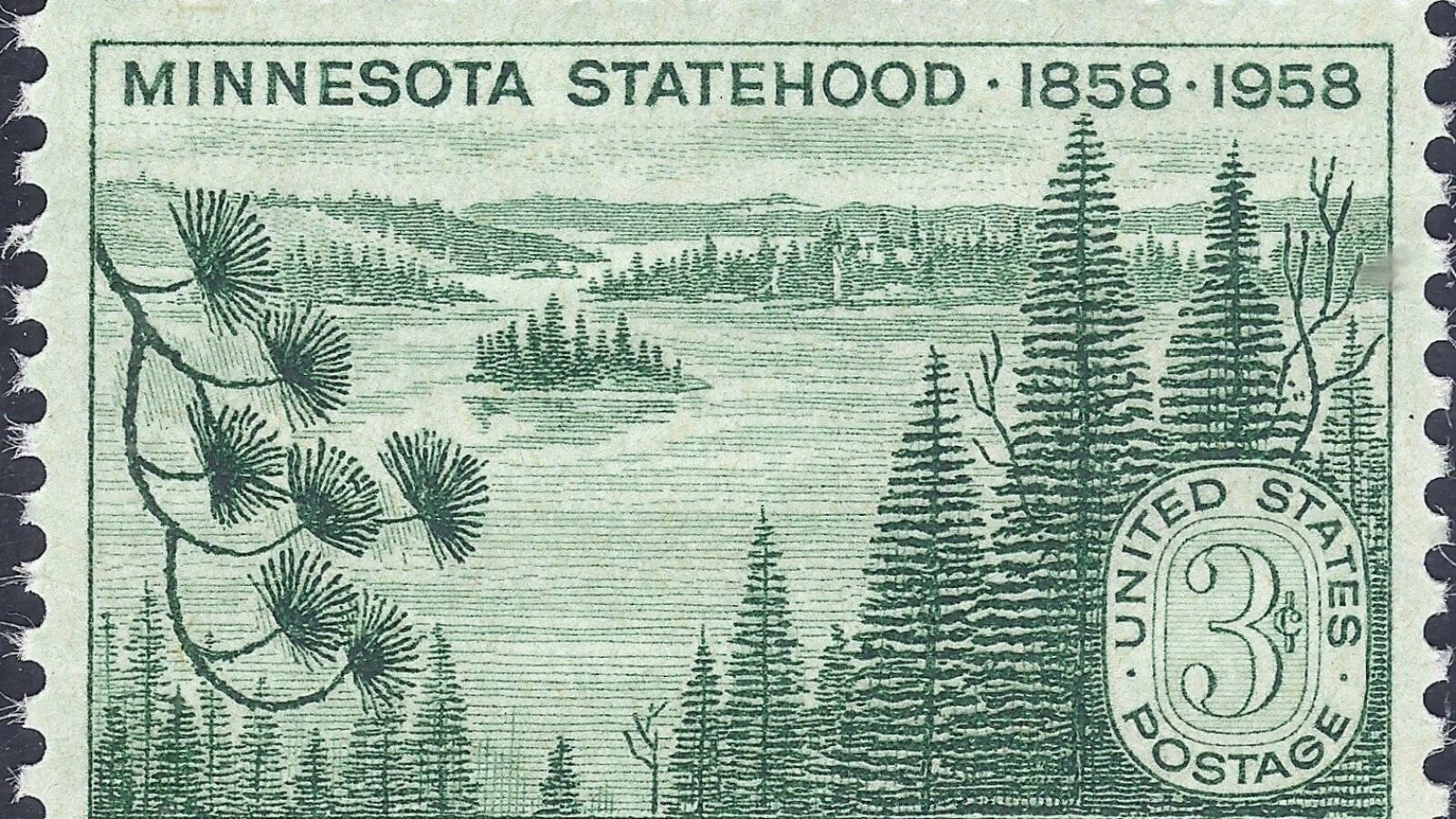May 11, 1858: Minnesota became the 32nd state to enter the union. The “Land of 10,000 Lakes” gained a growing population during western expansion, and in 1849 it was recognized as a U.S. territory. The development of canals and railroads contributed to its population boom in the 1850’s and paved the way for statehood.
History.com: Minnesota enters the Union
Minnesota enters the Union as the 32nd state on May 11, 1858.
Known as the “Land of 10,000 Lakes,” Minnesota is the northern terminus of the Mississippi River’s traffic and the westernmost point of the inland waterway that extends through the Great Lakes and the St. Lawrence Seaway to the Atlantic Ocean. The Ojibwe and the Dakota were among the Native people who first made this land their home, and white settlement of the area began in 1820 with the establishment of Fort Snelling. In 1849, Minnesota became a U.S. territory.
The building of railroads and canals brought a land boom during the 1850s, and Minnesota’s population swelled from only 6,000 in 1850 to more than 150,000 by 1857. Chiefly a land of small farmers, Minnesota supported the Union in the Civil War and supplied large quantities of wheat to the Northern armies. Originally settled by migrants of British, German and Irish extraction, Minnesota saw a major influx of Scandinavian immigrants during the 19th century. Minnesota’s “Twin Cities”—Minneapolis and St. Paul—grew out of Fort Snelling, the center of early U.S. settlement.
